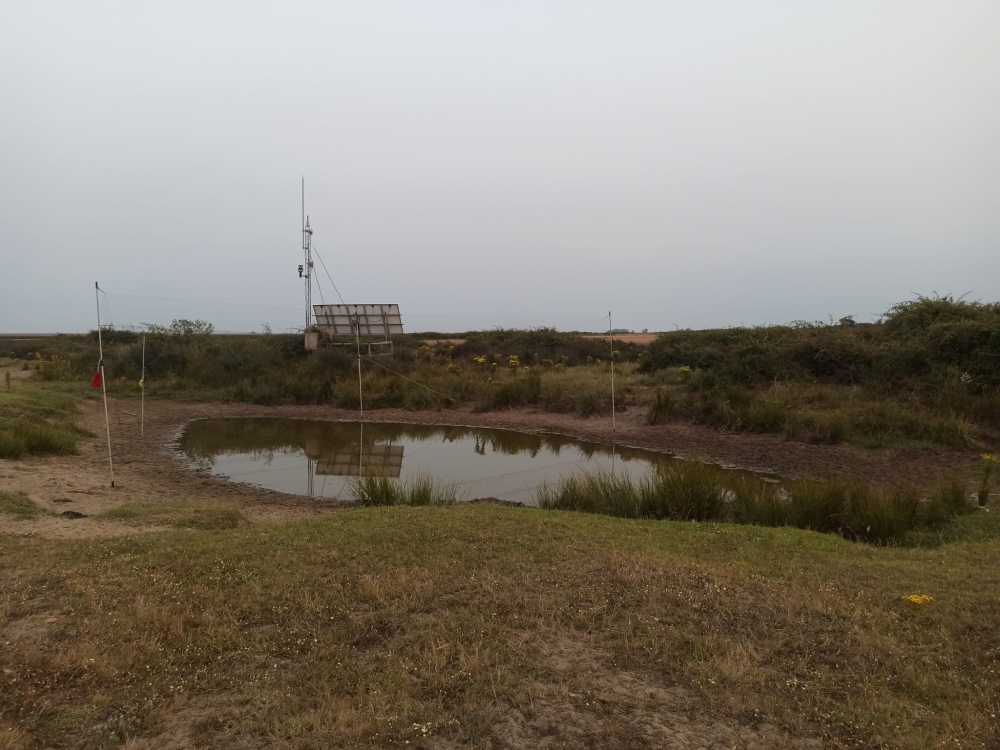Canary long-eared bat

Plecotus teneriffae (Barret-Hamilton, 1907)
Vespertilionidae
Vulnerable
| Other names | |
|---|---|
| Catalan | Orellut canari |
| Spanish | Murciélago orejudo canario |
| English | Canary long-eared bat |
| French | Oreillard de Tenerife |
| Basque | Belarrihandi kanariar |
| Galician | Orelludo canario |
Description
Medium-sized bat, closely resembling the grey long-eared bat (Plecotus austriacus) but generally darker in fur and larger in size. The forearm measures between 40 and 46 mm, and the ears are approximately 40 mm. The weight varies between 6 and 9 g, with females being larger than males. The fur of juveniles tends to be darker than that of adults.
Fotografies
Distribution
Macaronesian endemism restricted to the Canary Islands of Tenerife, La Palma, and El Hierro, although it is believed that it could also be found in La Gomera.
Roosts and phenology
The known roosts for this species include volcanic tubes, water galleries, vaults in abandoned houses and constructions, as well as natural and artificial caves. It has never been found in tree cavities or bat boxes. Pregnant females can be found in May. The only breeding colony found was observed in a volcanic cave in July and consisted of 37 females and 22 offspring. Lactating females have also been found in volcanic caves in Tenerife during July, and post-lactating females in August.
The mating season begins in late summer, during September, when females, males, and juveniles can be found in the same shelters. Although considered a sedentary species, movements between shelters of 5 to 6 km have been recorded. In winter, colonies are usually small (less than 10 animals), and it is believed that they roost alone for much of the year.
Habitat and diet
Species closely linked to forest habitats such as pine groves, mixed pine forests, and laurel forests, although it is also found in drier scrubland areas. This species can be found between 100 and 2,300 meters above sea level.
Analyzing prey remains deposited in their shelters, a preference for nocturnal lepidopterans, mainly noctuids, limantrids, and geometrids, as well as beetles, has been observed. Individuals have been seen hunting over small streams at 1 meter above the ground, as well as in the interior of pine forests. Prey is captured directly from the substrate.
Echolocation
Unknown, but probably similar to other members of the Plecotus genus. Easy to identify using acoustics, as it is the only long-eared bat in its distribution.
Status
According to the IUCN Red List, the species is considered Vulnerable, with a negative population trend. It is protected by national legislation, the Eurobats Agreement, the Bern Convention, and the European Habitat and Species Directive. The forest habitat on which the Canary long-eared bat depends has decreased significantly throughout its distribution area, and one of the two known breeding colonies has declined significantly in recent years. Loss of habitat and pesticide use are believed to be its major threats.
